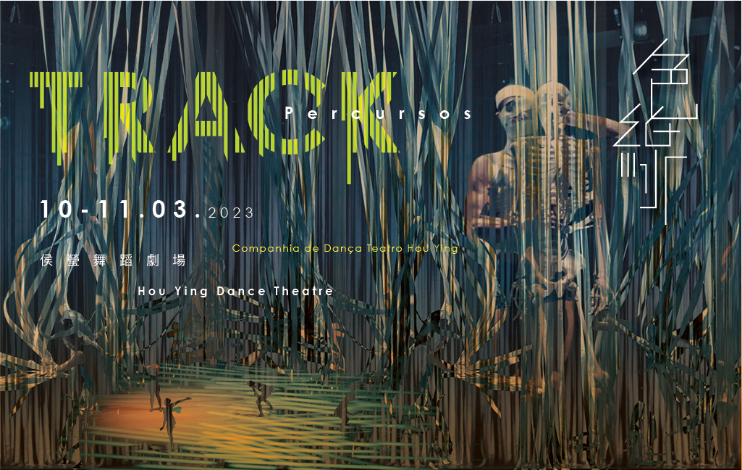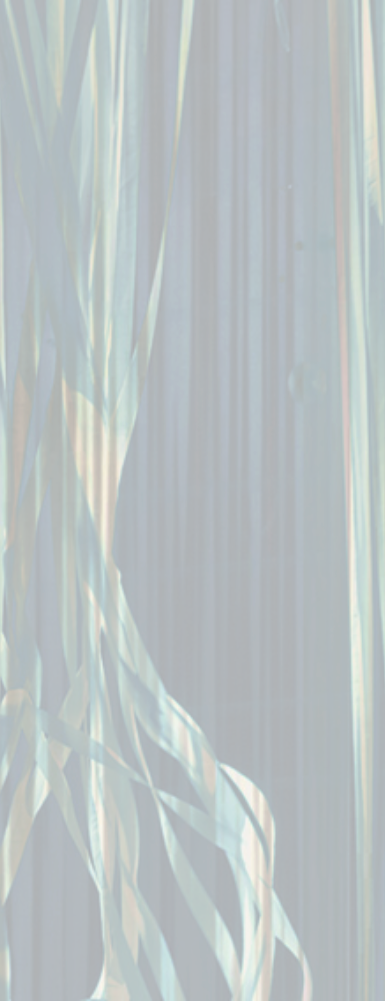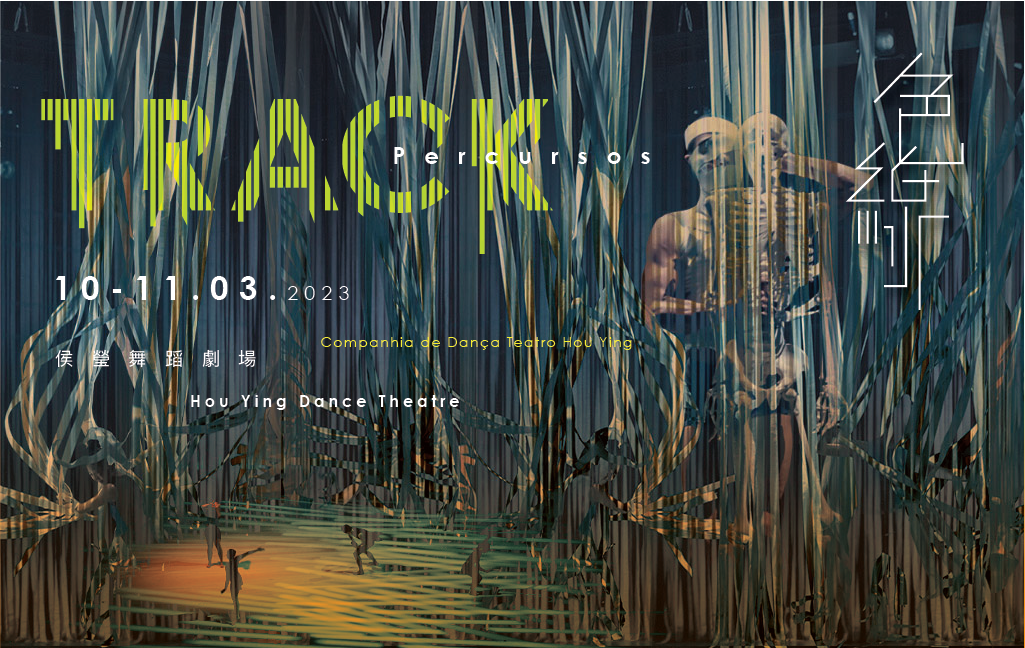
To better enjoy the performance, please switch off your mobile phone and any other light and beeping devices.
Kindly be reminded that captures of sound or images, as well as eating and drinking, are not allowed. Thank
you!
Programme length: approximately 60 minutes without intermission. Latecomers will only be
admitted at a proper timing to avoid programme’s disruption.
The organizer reserves the right to alter
the programme and/or performers.
About Track
Made of colours and lines, Track
is life’s hue and footprint. The piece explores human eagerness and hesitation, fears and impulses to
move forward, reliance and independence, an everlasting pursuit for the meaning of life. Through video
images, drama and abstract body movements, Track
explores the relationship between the individuals and the world, between construction and destruction,
death and rebirth.
The idea for the performance stems from the choreographer’s own reflection on
life, that is, a portrait of man living in the present, between reality and illusion. The stage is
displayed like an aftermath disaster scene, perhaps a tsunami, an earthquake, in which people were
separated, broken free, left hanging or in conflict. Nevertheless, perhaps nothing is actually happening
outside one’s mind, in a world on the verge of collapsing and crumbling.
With the use of body
language, Hou Ying reintroduces life’s uncertainties and struggles, with the colours representing
tension and the (suspended) lines representing traces lived, fully exposing the states of human
minds.
Track
is directed by choreographer and independent artist Hou Ying who invited Randall Love from the US Duke
University to create the music. Within a pure and rational space, this piece juxtaposes a fanatic and
psychotic vision with sensuality, rationality and purity. The physicality is used as a messenger,
breaking through from a current of self-recognition, escaping from the body.

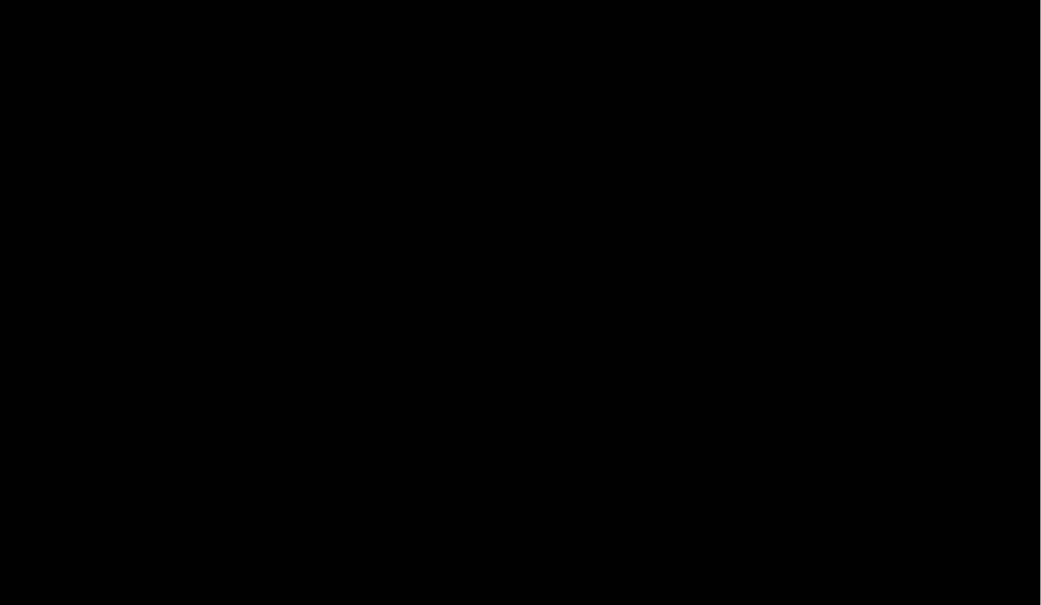
Years after the foundation of the Vision Dance Theatre, in New York, in 2011 Hou Ying has founded her
own company. Incorporating her training in traditional Chinese dance, folk, ballet, Chinese opera and
martial arts, as well as techniques learned from masters such as Martha Graham, José Limon, Merce
Cunningham and Trisha Brown in the US, Hou Ying’s company has been devoted to exploring the
integration of Eastern and Western chorographic concepts.
With and uncompromising creative
spirit, the company has developed outstanding works like Interface (2011), Infinity (2013), Tu Tu (2014), The Moment (2015) and Disappear
(2022), amongst many others. Deemed as revolutionary interdisciplinary pieces, these works incorporate
theatrical elements, experimental music and contemporary art. Hou Ying Dance Theatre has been touring
numerous countries, invited to international art festivals and prestigious institutions, from New
York’s Tisch Theatre in Art Institute, the Lincoln Outdoor Art Festival and the New York Festival of
Asian Art, to St Petersburg’s Openlook Festival. Over the years, the company became an internationally
established Chinese modern dance group, and a leading force in the merging of Western and Eastern
cultures.
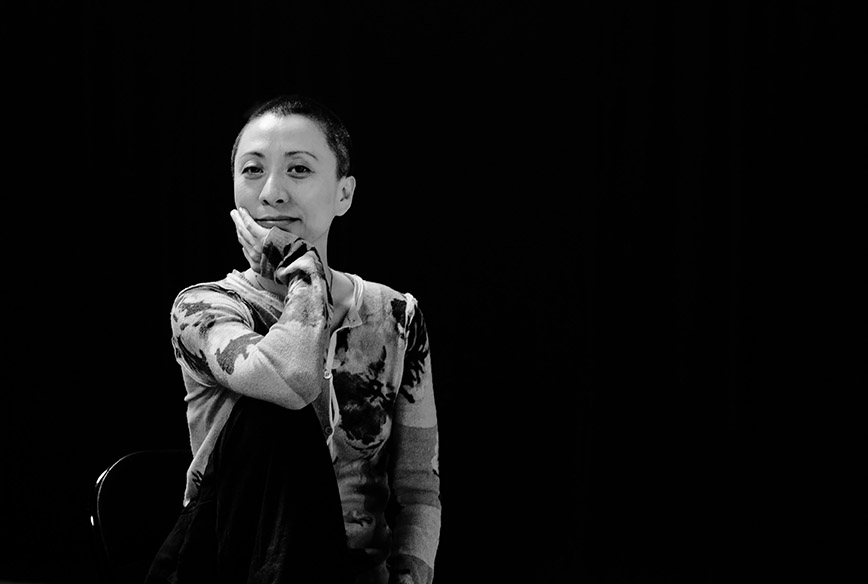

A pioneering dancer, choreographer, and the founder and artistic director of the company with her name. Hou Ying’s first choreographic work, Night of Spirit, won the top prize at the International Modern Choreography Competition in Belarus in 1996. In 2001, she was awarded the Asian Cultural Council Scholarship to research and create in New York. A year later, the choreographer joined New York’s Shen Wei Dance Arts, becoming a very relevant element of the company. She has been featured in the New York Times magazine three times and was named “Outstanding Dancer of the Year” in 2004. In 2008, Hou Ying returned to China with Shen Wei to create The Picture, which was one of the opening ceremony performances in the Beijing Olympics. In 2009, she shifted her career focus to the Chinese capital where she established Hou Ying Dance Theatre in 2011. The company became one of the pioneers in genre-cross in contemporary arts, and is dedicated in promoting improvisation and the education of contemporary dance.
Contemporary dance pioneer Hou Ying is among a strict group of choreographers who have conquered
critics and audiences both at home and abroad. Anticipating her Macao debut, we coloured a brief
portrait of an artist who is comfortably placed amongst China’s most sophisticated and inventive
dance creators.
Those who are acquainted with the world of contemporary dance in China
have certainly heard about Hou Ying. The dancer turned choreographer is a product of a generation
of artists forged some decades ago, when this art form began to expand and express itself within
borders.
The first leaps
Born in Jilin, Hou Ying’s gracious dancing ways were noticed at the young age of seven. By the
time she had turned 12, the perseverance of a music teacher introduced the young girl to Jilin
University of Arts, where for the next seven years she would study folk dance, before taking a big
step towards professionalism at the Beijing Police Art Troupe. Seeking to improve, aiming far
beyond the traditional practices of martial arts and ballet, at age 23 Hou decided to move south
and joined the Guangdong Modern Dance Company, the first Chinese professional dance group of its
kind. The decision was born out of a renewed urge to change artistic paths, looking out for new
horizons. And she would go on to explore, even further.
In 2001, Hou Ying’s
career took yet another decisive twist after she earned a scholarship from the Asian Culture Fund
to study in the US. Having moved to New York to join the prestigious Chinese-American
choreographer Shen Wei, the young dancer became the company’s principal, regularly stepping on
Lincoln Centre’s stages, starring and collaborating in pieces like Rite of Spring and Ladder to Heaven. The new reality and creative atmosphere have strongly impacted the way Hou felt and thought
about dance. Confronted with the Big Apple’s new ways of thinking, influenced by post-modern dance
creators such as Merce Cunningham and Trisha Brown and encouraged by a different kind of audience,
her issues of concern changed. As physicality became the new focus, the creator embraced the body
as a subject of study while earning acclaim as “the dancer with perfect lines”. After being named
by the New York Times Outstanding Dancer of the Year (2004), Hou’s career would go through another
abrupt change following an unfortunate injury which partially removed her from the
spotlight.
Back Home
Refreshed by a whole new string of influences and ideas, the choreographer returned to China,
making the most of her accumulated experience to found her own troupe, the Hou Ying Dance Theatre.
Coming back felt like picking up a thread she had long left behind. As she once revealed, “20 years
after I left, I met the very same audience on my return, and they still had a fresh memory of my
last performance here”.
The company’s establishment brought with it a consistent
conception and staging of bold, independent works such as Tutu, Ran, and Accident, bringing Hou wider recognition at home. This would finally place her amongst a strict group of
contemporary choreographic minds that emerged across continental China, from pioneer and talk show
host Jin Xing (whose work was featured in Macao both at the Arts and International Music Festivals),
well-known Yang Liping (whose masterpiece Under Siege was staged at CCM in 2019) and Beijing based
innovative dance artist Tao Ye (featured at the Macao Arts Festival back in 2016).
Stretching boundaries
Although Hou Ying’s creative impetus has an unequivocal common ground with some of her fellow
contemporary dance creators, the choreographer naturally developed her own identity and style.
Consistently open to new ideas, drawing inspiration from a diversity of artistic sources, Hou is
still a confessed admirer of George Balanchine’s classical genius and the mysticism of Pina Bausch,
both of whom she looks up to as mentors and role models. Over the years, however, Hou’s works have
evolved beyond these influences as she became increasingly adept of the idea that modern dance is
intrinsically connected with other modern art realms, being its language and fundamental core a
reflection of the present moment, connecting dancers with the times they are living
in.
Macao debut
Such conceptual perspective is strongly conveyed on stage in Track. When asked to describe the
show, Ying revealed the work explores mankind’s “unending and unquenchable desires” reflected, for
example, in people’s desperate efforts to live faster and become wealthier. Feeling that dance alone
could no longer fully express her ideas, the choreographer used video and stage installations,
inviting musicians to create experimental music. Moving to the sound of electronic rhythms, a sleek
group of dancers make sharp use of their bodies, engaging in abstract, sometimes robotic moves,
vigorously exploring desire, sensuality and self-reflection. The piece sums up the endless and
occasionally futile repetition of contemporary life, exposing the absurd of its unfathomable
shopping and image swiping. On its background perspective, the performance is adorned by black and
white projections which are at times cut by bundles of hanging stretchy fabrics, both connecting and
severing the dancers with the very same world that is being staged. These material, physical bonds
may be seen as an extension, a metaphorical trigger to reflection, urging the audience to weigh
their real needs against excessive desires. As we shall soon find out, this might also prove to be
Hou Ying’s simple and ultimate intention.
This
article first appeared in CCM+ (Jan-Mar 2023) published by Macao Cultural Centre
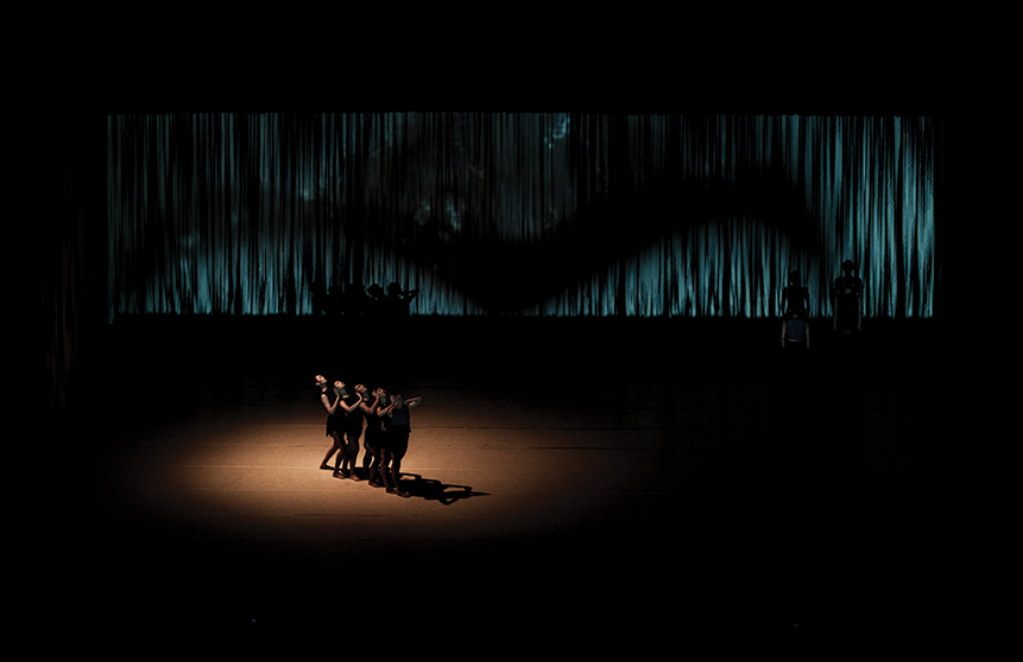
Creative and Production Team
Choreographer
Hou Ying
Music
Randall Love
Costumes
Da Ke
Lighting
Liu Hengzhi
Scenographer
Hou Ying
Image
Yang Rui
Dancers
Dang Peilong, Kam Hiu Lam Alexis, Huang Jianrong, Yang Yejun,
Zhao Kai, Niu Jie, Zhu Ruimeng
Producer
Ge Huichao

